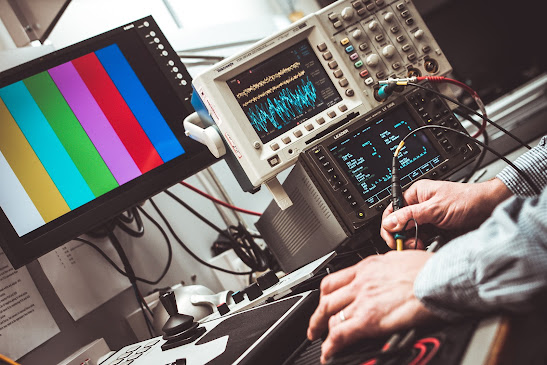They find how the mass of the digestive system overlays and moves by estimating its powers
The human digestive tract It is comprised of in excess of 40 m2 of texture, with a huge number of folds on its inside surface that look like valleys and mountain tops, to accomplish, among different goals, increment the assimilation of supplements. This organ has the distinction of being in consistent recharging, which infers that around at regular intervals every one of the cells of its inward divider are restored to guarantee legitimate gastrointestinal capacity.
As of recently it was realized that this reestablishment was conceivable because of the undifferentiated organisms that are safeguarded in the purported tombs or valleys digestive, and that lead to new separated cells. In any case, the interaction that prompts the curved state of the sepulchers and the relocation of new cells into the pinnacles gastrointestinal, as of recently it was obscure.
Tries different things with research facility organoids or little digestion tracts and 3D models have made it conceivable to interpret how the gastrointestinal valleys crease and the relocation development of cells towards the culminations happens.
Presently researchers from Institute of Bioengineering of Catalonia (IBEC), as a team with others from the Institute for Biomedical Research (IRB), the Universities of Barcelona and Polytechnic of Catalonia and the Curie Institute in Paris, have interpreted the component by which tombs embrace and keep up with their sunken shape, and how development happens of movement of the phones towards the tops, without the digestive system losing its trademark folds.
To do the work they have consolidated PC demonstrating with explores different avenues regarding organoids digestive cells from mice, and the outcomes, distributed in the diary Nature Cell Biology, show that this interaction is conceivable because of the mechanical powers applied by the cells.
Mouse Cells Mini Intestines
The creators have utilized mouse foundational microorganisms and joined bioengineering and mechanobiology procedures to foster smaller than normal digestion tracts, organoids that imitate the three-layered design of valleys and pinnacles reiterating the elements of tissue in vivo.
Microscopy innovations, created in a similar gathering, have made it feasible interestingly to complete high goal analyzes and acquire 3D guides showing the powers applied by every phone.
Moreover, with this in vitro model, the analysts have shown that the development of the new cells to the top is likewise constrained by mechanical powers applied by the actual cells. In particular, by the cytoskeleton, an organization of fibers that decides and keeps up with cell shape.
"With this framework we have found that the sepulcher is inward on the grounds that the cells have more strain on their upper surface than on the lower one, which causes them to embrace a tapered shape. Whenever this happens in a few cells close to one another, the outcome is that the tissue folds, bringing about a help of valleys and pinnacles ", clarify the co-creator Carlos Pérez-González.
As far as concerns its, one more of the creators, Gerardo Ceada, features: "In opposition to what was accepted as of not long ago, we have had the option to discover that it isn't the cells of the gastrointestinal grave that push the new ones up, but instead the cells at the top that pull the new ones up. , something like a mountain climber who helps one more to move by pulling him ".
Applications to all the more likely get it and treat sicknesses
The new model of the small digestive system will permit the review, in reproducible and genuine circumstances, of infections like malignant growth, celiac sickness, or colitis, in which there is an absence of control in the augmentation of undifferentiated cells or a destructuring of the folds.
Then again, digestive organoids can likewise be fabricated with human cells and utilized for the advancement of new medications or in the investigation of the gastrointestinal microbiota.
As well as giving an award to Ceada to complete his doctorate at IBEC, the "la Caixa" Foundation has upheld a significant piece of this review inside the structure of the program CaixaResearch.
Co-creators Xavier Trepat (ICREA Research Professor at IBEC), Gerardo Ceada (granted a CaixaResearch grant to complete his doctorate at IBEC) and Marino Arroyo (UPC teacher, IBEC partner analyst and individual from CIMNE, accountable for displaying https://yazing.com/deals/911healthshop/shaibu






Comments
Post a Comment